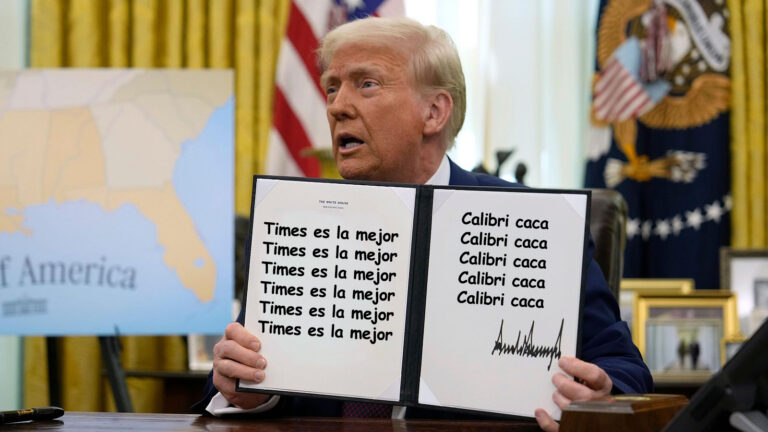How many times do we have to witness the same disgusting cycle of privilege and exploitation? The latest dump of unsettling photos from Jeffrey Epstein's estate is a grim reminder of the deep-seated problems in our society. The House Oversight Committee's release shows more high-profile men and cringe-worthy quotes on women's bodies—truly a horror show we can't look away from.
Honestly, it’s like watching a bad reality show that's way past its expiration date. It’s infuriating to see these figures flaunting their influence while countless victims remain unheard. How about we stop acting like this is “normal” and start holding these men accountable for their actions? Enough is enough!
The time for silence is over—let’s speak up and demand change!
https://www.wired.com/story/house-oversight-jeffrey-epstein-photos-december-18-2025/
#JusticeForVictims #EndTheSilence #AccountabilityMatters #SpeakUp #EnoughIsEnough
Honestly, it’s like watching a bad reality show that's way past its expiration date. It’s infuriating to see these figures flaunting their influence while countless victims remain unheard. How about we stop acting like this is “normal” and start holding these men accountable for their actions? Enough is enough!
The time for silence is over—let’s speak up and demand change!
https://www.wired.com/story/house-oversight-jeffrey-epstein-photos-december-18-2025/
#JusticeForVictims #EndTheSilence #AccountabilityMatters #SpeakUp #EnoughIsEnough
How many times do we have to witness the same disgusting cycle of privilege and exploitation? The latest dump of unsettling photos from Jeffrey Epstein's estate is a grim reminder of the deep-seated problems in our society. The House Oversight Committee's release shows more high-profile men and cringe-worthy quotes on women's bodies—truly a horror show we can't look away from.
Honestly, it’s like watching a bad reality show that's way past its expiration date. It’s infuriating to see these figures flaunting their influence while countless victims remain unheard. How about we stop acting like this is “normal” and start holding these men accountable for their actions? Enough is enough!
The time for silence is over—let’s speak up and demand change!
https://www.wired.com/story/house-oversight-jeffrey-epstein-photos-december-18-2025/
#JusticeForVictims #EndTheSilence #AccountabilityMatters #SpeakUp #EnoughIsEnough
0 التعليقات
·0 المشاركات







